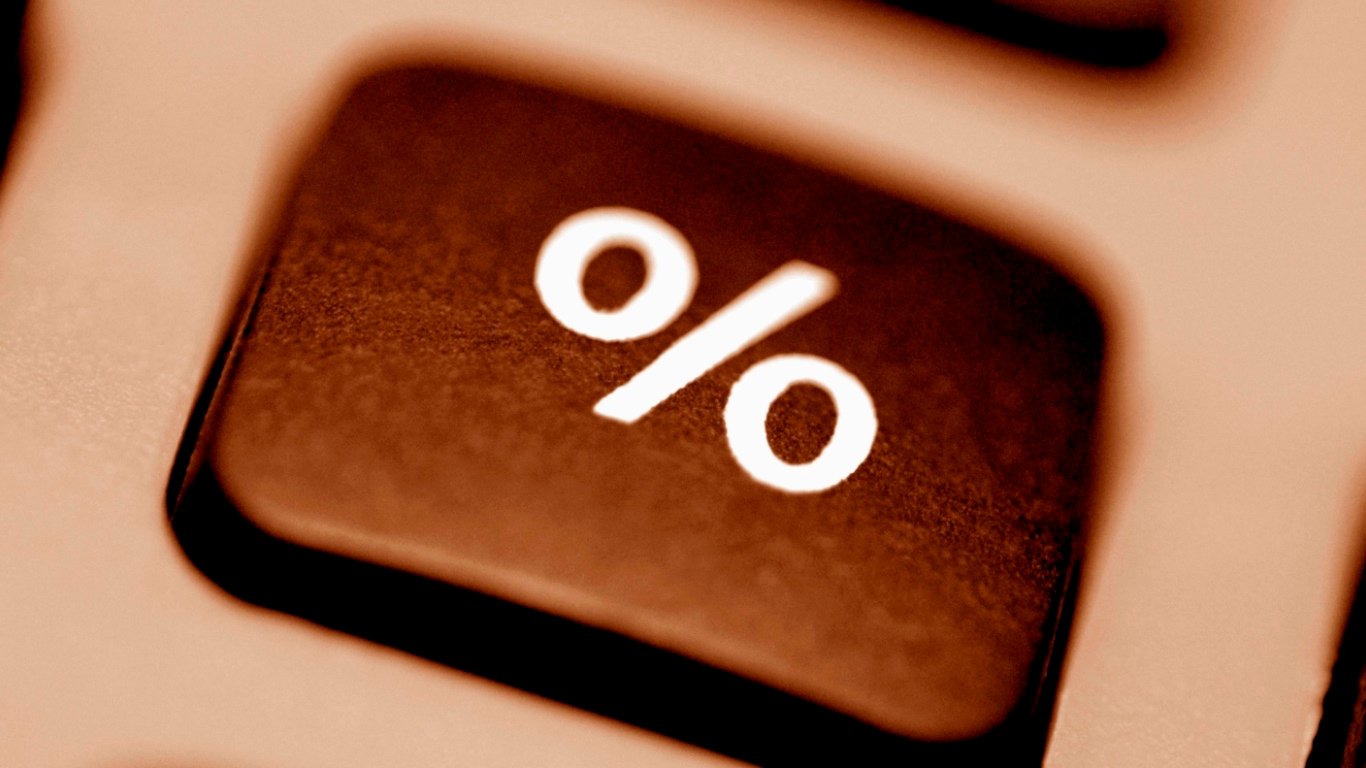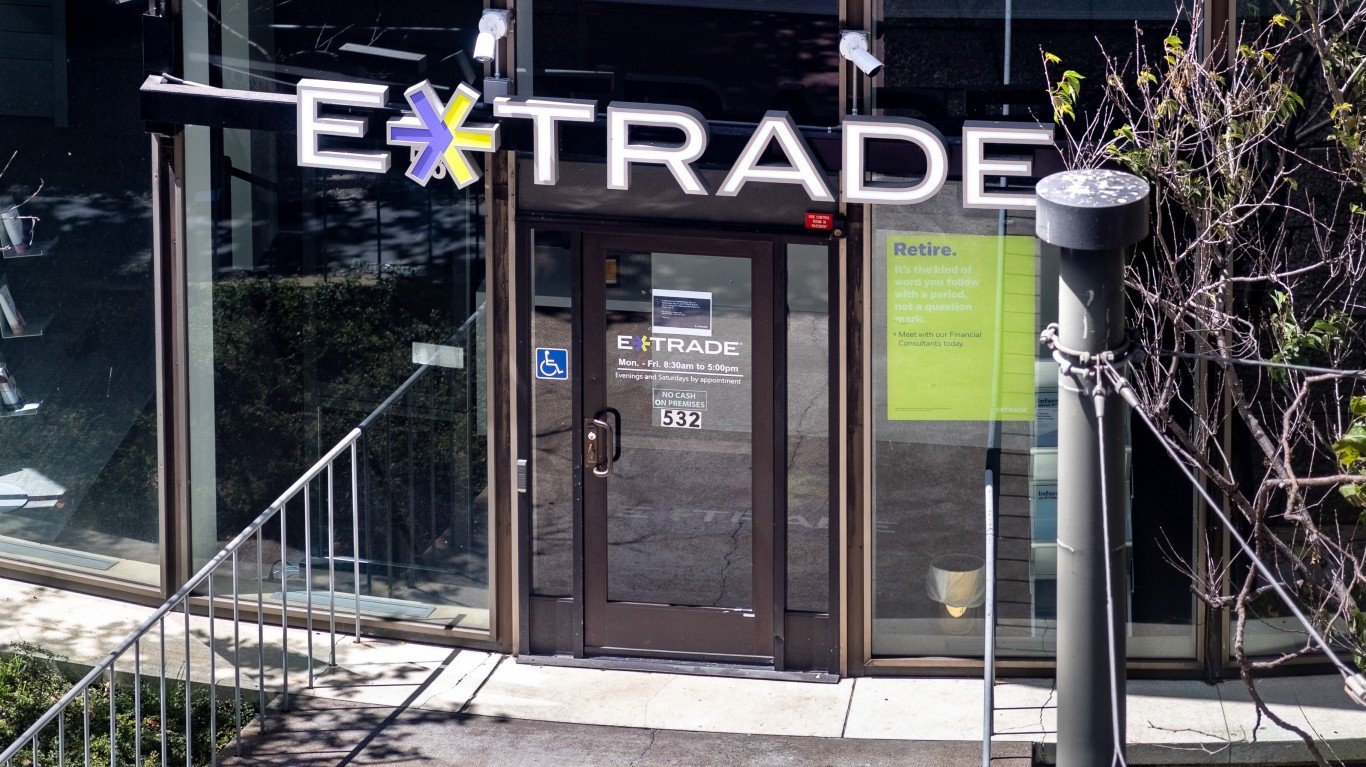

State Street Corp. (NYSE: STT) had to worry about the yield curve after all. The trust and custodial bank has warned that second-quarter net interest income will fall short of expectations. The blame is the significant turn lower in the current interest rate environment. After falling more than 3% on Tuesday, State Street shares are now close to hitting a three-year low.
Chief Financial Officer Eric Aboaf suggested that State Street’s net interest income would drop by about 8% from what it saw in the first quarter of this year. While pinpointing such precise aspects of the operating metrics, it seems that this drop would be twice as much as analysts had expected. There is also not enough time in the second quarter to hope that the numbers can be made up with not even three weeks until the month and quarter come to a close.
A rotation into interest-bearing deposits from non-interest bearing deposits was one culprit, but the flattening of the longer-dated maturity yields (and an inversion in some yields) has brought on these problems.
The 10-year Treasury yield has come back down to under 2.10% before ticking back up this week. That is down from almost 2.70% at the start of 2019. Several analysts have chimed in on State Street’s woes:
- Buckingham Research maintained its Buy rating but lowered its target down to $67 from $83.
- Morgan Stanley maintained its Overweight rating but lowered its target to $69 from $76.
- Raymond James maintained a Strong Buy rating, which is surprising considering that it dropped the price target to $68 from $84.
- UBS maintained its Buy rating but lowered its target to $68 from $84.
State Street shares were last seen down about 13% so far in 2019 and down about 20% over the past 90 days.
Shares of State Street were last seen trading down 0.6% at $54.74, just above a 52-week low of $53.53. The consensus analyst target price from Refinitiv had been $76.68, but that figure will come down after the target cuts are factored in. It is also hard to ignore that State Street is now down by almost half from its 52-week high of $99.78 and down over half from the start of 2018.
State Street now has a $20.5 billion market cap after the drop, and some of this could have been seen from a rival warning in April about Bank of New York Mellon.
What may be more amazing here than the severity of the price target cuts is that the bulk of these firms maintained positive ratings at the same time.
Thank you for reading! Have some feedback for us?
Contact the 24/7 Wall St. editorial team.
 24/7 Wall St.
24/7 Wall St.


